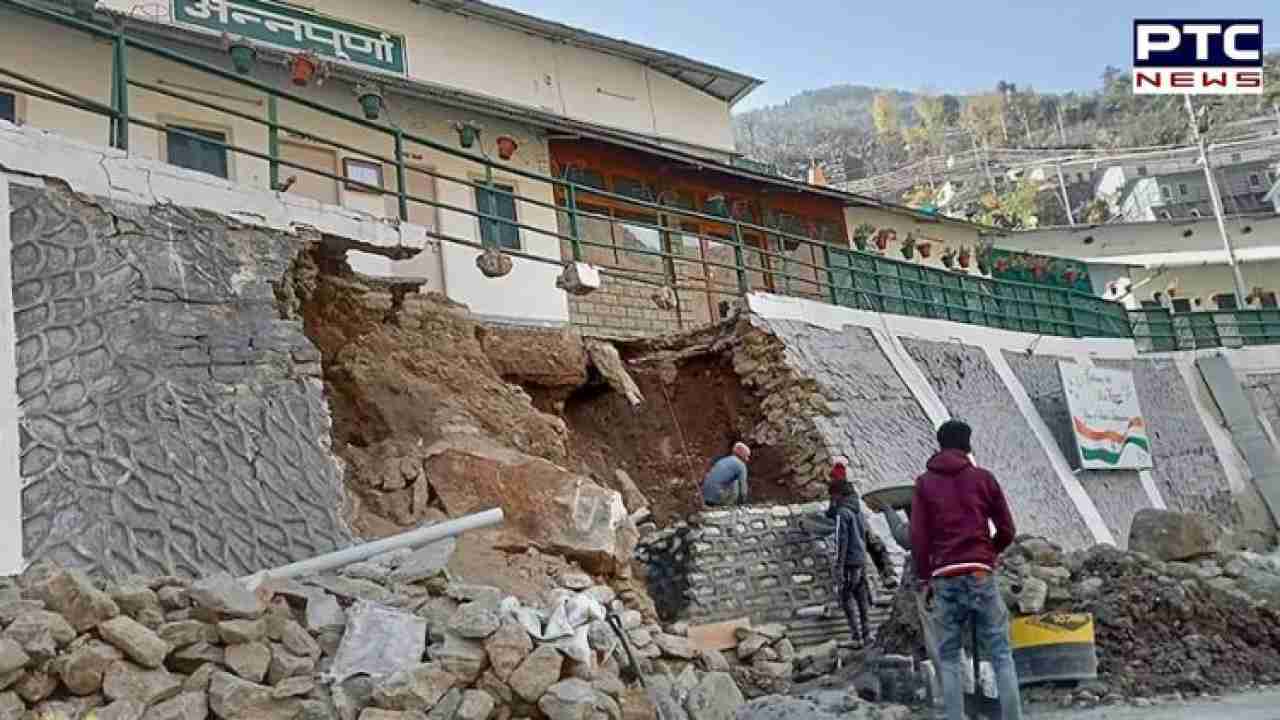

Joshimath Sinking: Central institutes recommend 'no new-construction zone' status
Joshimath Sinking: Joshimath, a town in India, has been advised to be declared a "no new-construction zone" by the National Disaster Management Authority (NDMA) due to exceeding its carrying capacity, as revealed in a 130-page 'Post Disaster Need Assessment' (PDNA) report. This report, along with seven others from key scientific and technical institutions, had not been disclosed by the state government until recently.
Following the Uttarakhand High Court's inquiry into the government's decision to withhold the reports from public scrutiny, TOI gained exclusive access to the recommendations contained in these previously undisclosed documents.
_6300780d5bd1c6568ee6773fb8eb5196_1280X720.webp)
In January of this year, eight prominent institutions, including the Central Building Research Institute, Geological Survey of India, Wadia Institute of Himalayan Geology, and IIT Roorkee, were tasked with investigating the causes of ground subsidence in and around Joshimath and proposing remedial measures.
Although these institutions submitted their preliminary reports to the National Disaster Management Authority at the end of January, the reports were never made public by the state government. Last week, copies of the reports were presented to the Uttarakhand High Court in a sealed cover.
The reports highlighted concerns about the town's carrying capacity, inadequate construction design, and soil bearing capacity. Joshimath has been built on moraine or loose soil deposited by landslides, making it prone to subsidence.
The NDMA's report stated, "Joshimath exceeded its carrying capacity, far beyond its capacity, and the area must be declared as a no-new construction zone." In 2011, the town had a population of 16,709, with a population density of 1,454 per square kilometer. However, the current estimated population stands between 25,000 and 26,000, as per the district administration.
The Central Building Research Institute (CBRI) raised concerns about the construction practices in Joshimath and recommended a review of town planning principles for development in the region. The CBRI called for a plan to "phased de-densification of Joshimath and similar locations."
The Geological Survey of India (GSI) reported that areas with dense populations and multistory buildings experienced a higher density of ground cracks. The report explained that the excessive load from densely constructed towering structures on the colluvium debris mass, saturated with shallow subsurface water, contributed to increased subsidence in these areas.
The safety assessment of 2,364 buildings in Joshimath found that 20% were "unusable," 42% required "further assessment," 37% were "usable," and 1% needed to be demolished.
The PDNA report cautioned against the negative environmental impact of large-scale future reconstruction activities in Joshimath and recommended the use of green design, appropriate technologies, and confined masonry in reconstruction programs. The Union government recently granted in-principle approval for a Rs 1,465-crore package for the rehabilitation and reconstruction of Joshimath.
- With inputs from agencies
